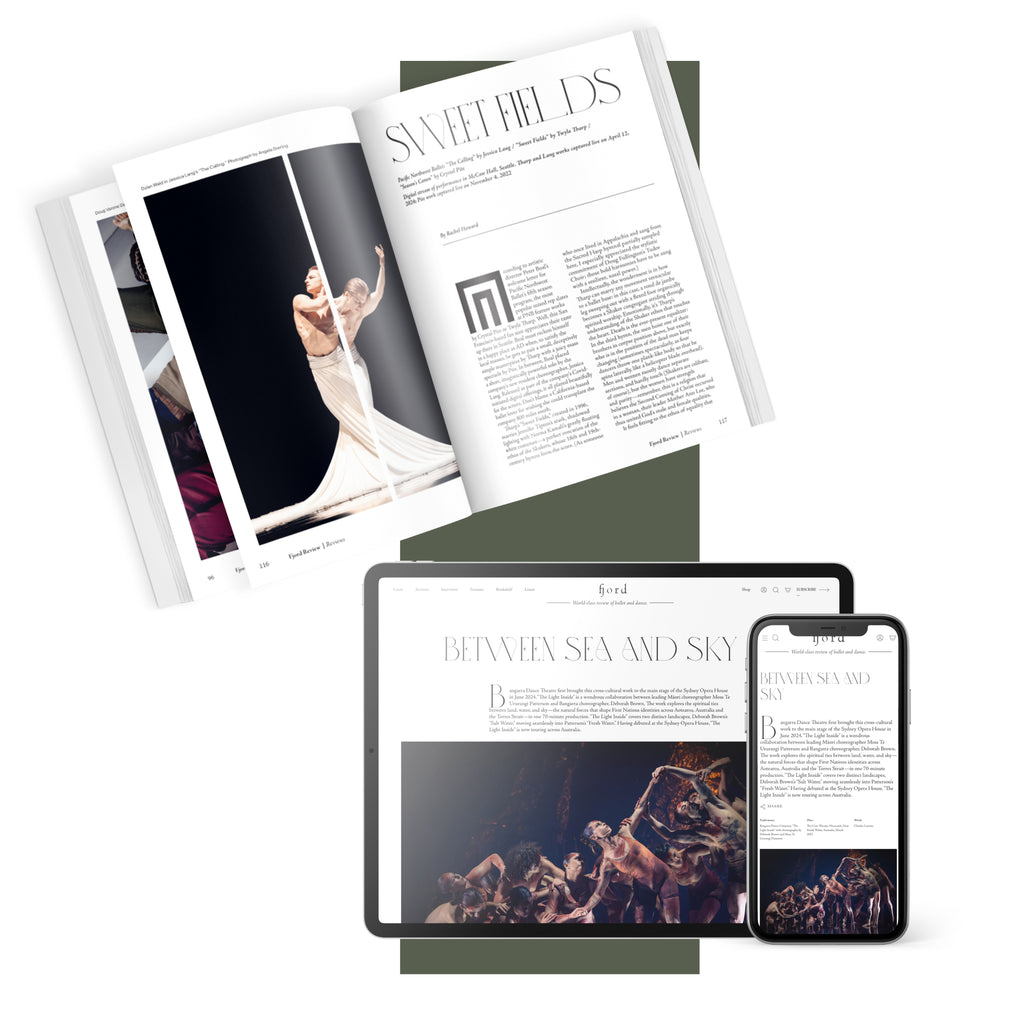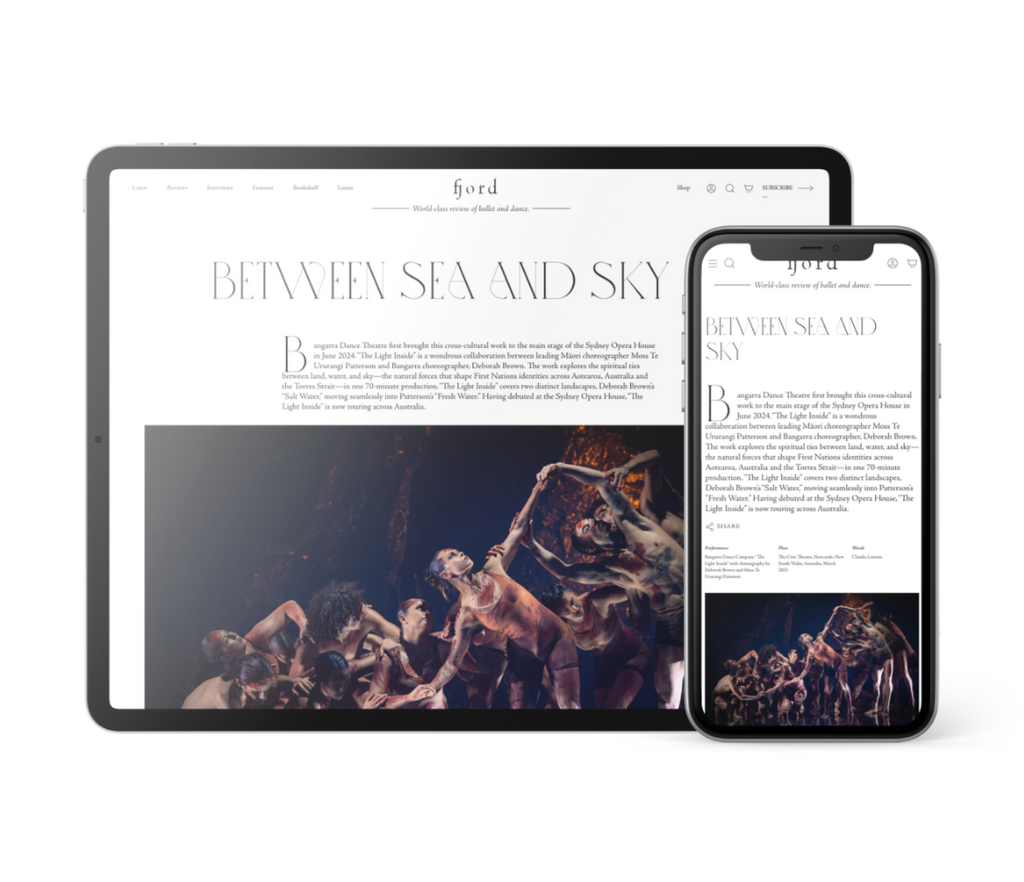So then, this “Beauty” is more like a well-flipped house, less like an architectural restoration. Which means we’ll find a modern light fixture next to that repainted original wainscotting—or in this case, those decidedly post-1890s fish dives in the wedding pas de deux, even though when the Prince and Aurora rush towards each other on that run of piano notes, they meet in a simple embrace rather than the ironing-board arabesque penchée that became standard in the mid-twentieth century. This “Beauty” is all about choreographic taste, then—and within that, a whole value system. As George Balanchine said, “La danse, madame, c’est une question morale.” What a stager or choreographer values in the steps—gymnastic elasticity or compelling plastique? Preening poses or wholeness of phrasing?—these define a view of how human bodies offer themselves most generously as a model of highest humanity. I happen to think the taste shown here is heartwarming and exquisite.
Much depends, evidently, on the tempi the orchestra takes with Tchaikovsky’s score, which Fullington contends was more consistently brisk when Marius Petipa created the choreography: the adagios calm, yes, but still moving things along. Stepanov notation works by pairing the musical staffs of the score with indications of the steps that fit in each measure and phrase, and according to those notes, at the end of the nineteenth century ballerinas fit in faster, crisper, petite allegro steps. The values here, then, are speed, clarity, really travelling across the stage, and rhythm. (Hmm, sound like Balanchine, anyone?)
When the grown-up Aurora first enters, this is thrilling, especially as danced at the Saturday matinee cast by the compact, dynamic Leta Biasucci. A relatively simple trip down the diagonal in a pas de chat phrase is followed by another pass with a tricker enchaînement that requires both precision and total immersion in the music. Bright and gracious in character, Biasucci was masterful at this, and she was the only ballerina among three I saw in the role who made me feel I couldn’t believe the virtuosity I was seeing. And the artistry, too—Biasucci’s arms above her bourrées in the vision scene were like watching smoke rise and swirl, real but evanescent. (Elle Macy, who played the Lilac Fairy in two casts that I saw, rivalled Biasucci for expressive beauty of ports de bras.)
The principal Sarah-Gabrielle Ryan had a turn in the third cast that Saturday night, and though less jaw-dropping, she was impressive, working with longer limbs but an equally secure center, and keeping a lighthearted aplomb even when her partner nearly lost his grip on the fish dive in the final pas de deux. I’m told that slower tempi on opening night may have been a challenge for the first cast Aurora, Angelica Generosa. She struggled with turns and had some near-miss moments (others speculated that the rather large tiaras were throwing her off). Her strength is a gracious, soft upper body, a projection of wholeness and calm. What I miss from her, though, is dynamic contrast.













comments